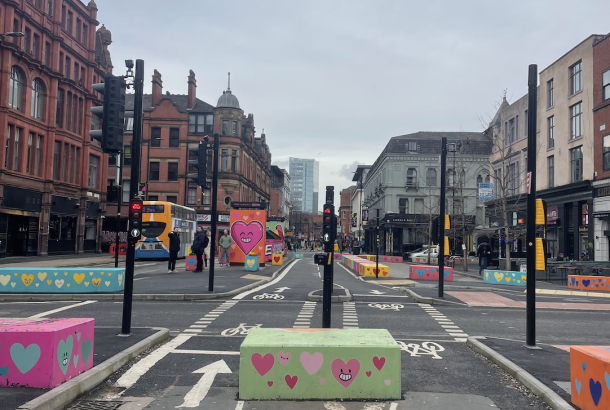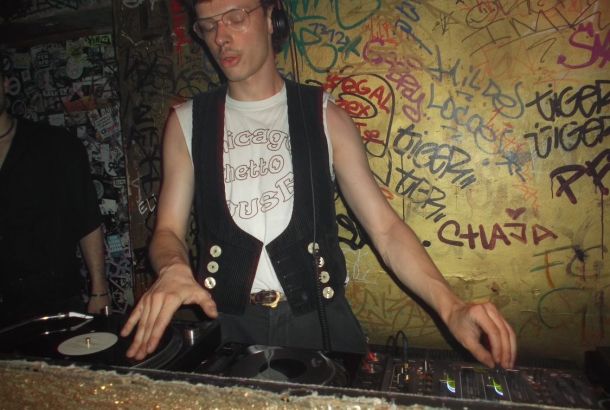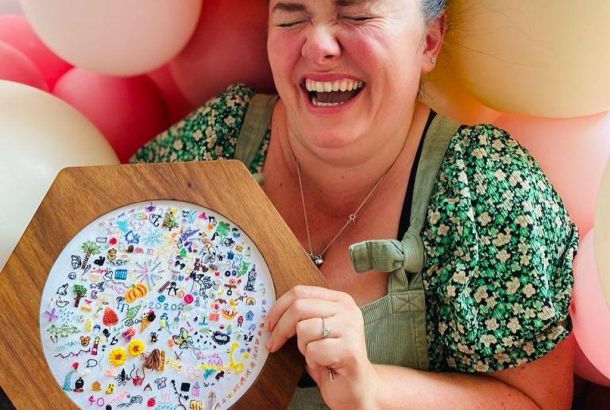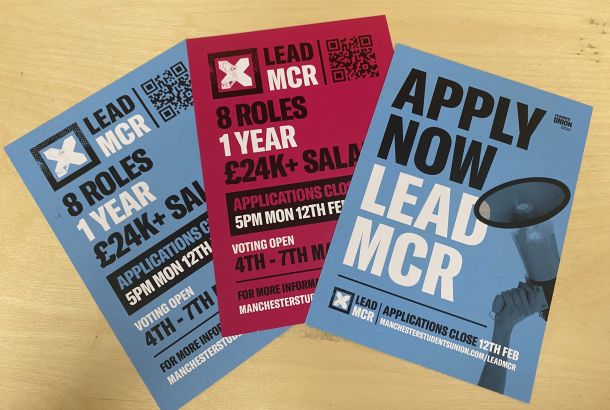In conversation with Gary Younge
By kizzybray
As the editor-at-large for The Guardian, as well as being a published author, journalist, and broadcaster, Gary Younge is well versed in the world of reporting.
Seeking out stories that tackle issues of race and identity, his two most recent works, ‘Another Day in the Death of America’ and ‘Beyond the Blade’ provide criticism for media reporting on the relationship of race and violence.
Following a lecture Gary gave at the University of Manchester, I got the chance to ask what we can learn about the nature of news when it comes to everyday violent deaths, both in the UK and the US.
‘Another Day in the Death of America’ tells the story of ten children and teens who shared one thing in common — their death day, the 23rd of November 2013.
Gary chose this date at random to follow the stories, hopes, dreams and short lives of the young people who all died through gun violence. The book unpacks the statistics of gun crime into real people, real children. It begs us to ask ourselves, who are these children, and why are they dead? After moving back to the UK, Gary’s newest book ‘Beyond the Blade’ tackles the same formula, but with knife crime.
“The knife project came directly out of events from the gun book,” Gary explains, “you couldn’t do that with guns in the UK, there’s not enough gun-related crime, knife crime is far more important.”
In the lecture, Gary made a particularly eloquent analogy to reflect on reporting. “If a dog bites a man,” he stated, “well, that’s not news. But if a man bites a dog, we’ve got ourselves a story.”
Here lies the intrinsic problem with journalism, as he went on to explain. If we only look for stories that have a shock factor, such as a man biting a dog, all the dogs biting men fall through the cracks, unnoticed, unquestioned.
“Why are there so many dogs biting so many men?” What are the political, structural complexities that have lead to this primarily violent act becoming the everyday? Why is there a general narrative that if, say, a working-class, black, young male dies in gunfire, or at knife point, that it can simply be attributed to gang violence, is generally under-reported and subsequently not discussed openly?
Though Gary’s point is a completely valid criticism, this doesn’t change the inherent nature of the media, especially in the globalised, fast-paced world we come to know today. With twitter breaking most news stories before established reporters have had their morning coffees, and the newest national outcry forgotten in seconds after whatever Trump decides is acceptable to tweet next, I wonder how it is we, as journalists, keep — for want of a better phrase — relevant and engaging whilst reporting on the everyday?
Organisations such as Black Lives Matter use their social media presence to do exactly what Gary’s point examines, giving a voice to those who face the everyday threat of violence, particularly African-Americans who fear being pulled over by a cop for an unprovoked stop and search will end in their death, even if they comply.
These stories are shocking — and unfortunately it seems — frequent. I asked Gary, how we create change whilst reporting when there is an incredible amount of cases identical to each other continuing to be broadcast?
“We all have a responsibility to find engaging ways to find stories and keep people interested,” Gary tells me, “You can’t just keep doing the same thing.”
In regards to Black Lives Matter, Gary said “when there has been as much violence from the state we shouldn’t assume that it’s going to disappear over a hashtag. It [USA] was a slave state for 200 years, it’s going to take more than a hashtag to change that.”
But does that mean that BLM isn’t working? Of course not, no energy is wasted, as Gary explains.
“Most police forces might think twice before putting a gun on someone. We don’t know how many people would be killed without BLM, it’s not a painless thing to be accused of murder as a cop, no energy is ever lost, even if we have no idea what the conclusion of that energy is.”
What social media trends have done is force traditional media to come to terms with its own ignorance in what they deem acceptable to publish. Through online instant criticism it’s easier to understand news outlets political agendas, with major publications being called out for not depicting terror events as terrorism when the perpetrator is white, or posting photos of black victims of crime with guns and gang signs while their caucasian counterparts are depicted frolicking in a lavender field surrounded by puppies.
With this new wave of accessible commentary, the process and publication of traditional media is surely being affected, but to what extent?
“There is a binary relationship, everything is on the internet now.” Gary responds, “It used to be a one way relationship, people could write letters but we could decide if the letter was printed. I wouldn’t overestimate the powers of social media, it does exist though. Organisations do have to manage their brands with that in mind, if you write a piece and there’s a massive push back then you are likely to think twice before you do that again.”
Where criticism exists, it shouldn’t mean that censorship should follow, however, as Gary explains: “It’s the power of mob mentality. When I write about race I get an enormous push back, there’s wisdom in crowds, but there’s also vitriol.”
Photo: The MancunionTackling major issues like institutional racism, as well as the more individual and heart-wrenching stories — as Gary does in his recent work — comes with it a whole host of problems for the reporter.
The responsibility to portray events honestly begs the journalist to connect with their subjects, to accurately represent the situational truth of the victims and their families.
The reporter must immerse themselves in the story, but eventually, of course, their own participation must come to an end, they must move along, leaving behind the people and the trauma they sought to understand.
How do we navigate the plane of detachment, enough to be able to end relationships with those interviewed, without losing the heart and bones of why we were so compelled to investigate the story in the first place?
“Everybody does it in their own way, and some don’t and quite often they end up ill.” Gary admits, “I try and do it through the writing, when you are writing things that are painful the writing is therapeutic, you are writing through what you have seen. There’s something cathartic about that.”
It’s true. Investigative journalism takes a level of investment in the story from the reporter. In fact, the reporter themselves may be directly affected by the stories they report on.
Just like when Gary interviewed Richard Spencer, president of the National Policy Institute, white supremacist, and leader of the alt-right in America. For Gary, as a black Englishman, the interview took quite a personal turn as Spencer brazenly brought up matters of nationality and belonging, and how Gary could never be English because of his Caribbean parents.
“I was in two minds whether we should even do the interview,” Gary admits, “I didn’t want to give him a platform to spread hate and bile, but he was so close to power that it was scary. There was a greater risk from ignoring him.”
What Gary wasn’t expecting from the interview, was just how unintelligent and ill-informed Spencer would be. “The interview was going to be civil but firm, I anticipated he would be slick, what I didn’t anticipate was him being completely historically ignorant, that’s why it became the sort of shit show that it was.”
The interview unravelled into an embarrassing and disgusting insult game from Spencer, where at one point he even stated that “Africans have benefited from their experience of white supremacy.”
“More people will come off from that thinking he is a real tosser,” Gary believes, “it was a risk worth taking.”
And that perhaps sums up what Gary’s been saying all along. To go beyond what’s typically ‘newsworthy’ — to ask, “why did the dog bite the man?” may be taking a journalistic risk, but it could very well be a risk worth taking.







